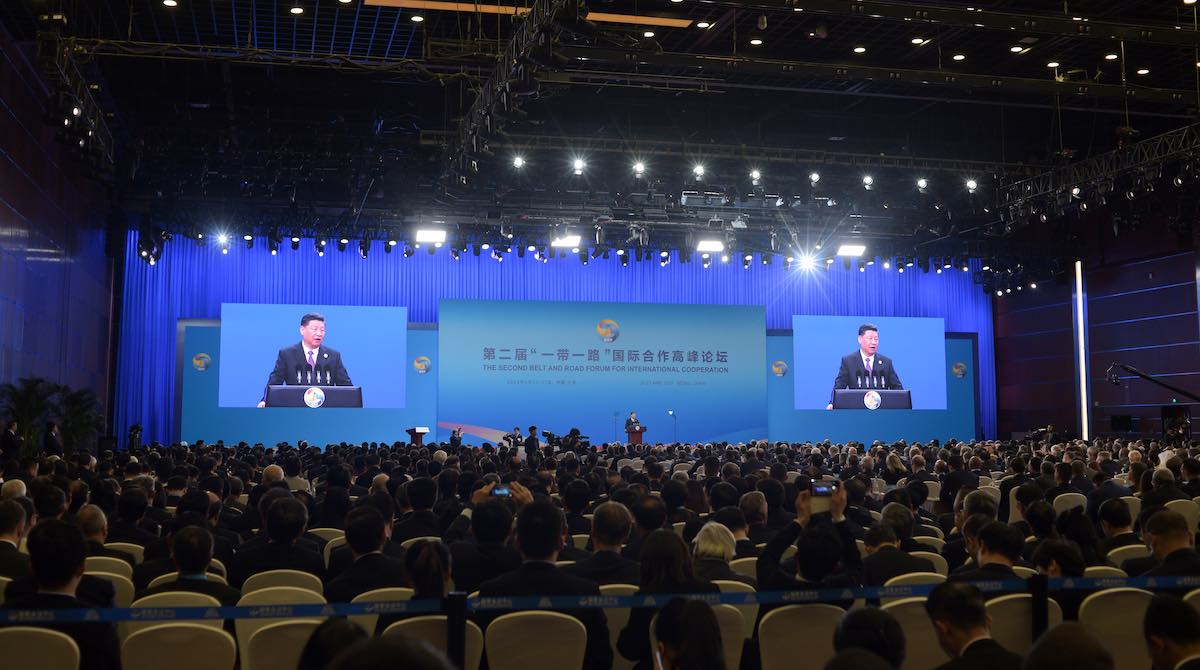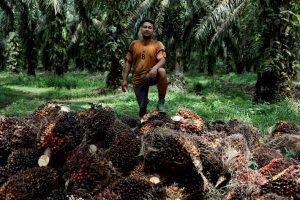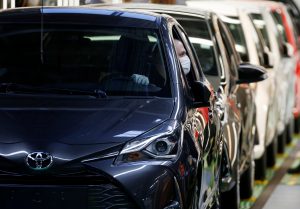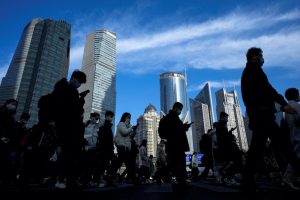Amid the psychological rubble of the Covid-19 crisis, strands of China’s ‘New Silk Roads’ have been fused into a web of debt.
What was a high-risk game of loans is now threatening cash-strapped countries as they struggle to combat the deadly coronavirus outbreak.
In short, the Belt and Road Initiative has gone from the jewel in Beijing’s foreign policy crown to what many see as a poison chalice during a catastrophic world event.
“Poor countries, with currencies plummeting, capital fleeing and dire medical costs looming, are in no position to make BRI repayments to China,” Benn Steil and Benjamin Della Rocca, of the Council on Foreign Relations, a New York-based think tank, said last week.
“Although commentators have long likened the BRI to a Marshall Plan for developing nations, the two initiatives could not be more different. The scale of the financing may be comparable (US Marshall aid was worth about US$145 billion in current dollars), but the similarities end there,” they added.
“Marshall aid was all grants, whereas BRI funding – probably around $135 billion – is nearly all debt,” Steil and Rocca wrote in a commentary, entitled Chinese Debt Could Cause Emerging Markets to Implode, for Foreign Affairs.
Launched in a fanfare of state-media hype by President Xi Jinping in 2013, this epic $1 trillion project has become an extension of Beijing’s global ambitions.
At the heart of the program is a network of ‘New Silk Road’ superhighways, connecting China with 70 countries and 4.4 billion people across Asia, Africa, the Middle East and Europe in a maze of multi-billion-dollar infrastructure and high-tech projects.
Big is an understatement, while controversial has become a statement of fact. In 2018, Asia Times reported the risks associated with the BRI.
‘Debt destress’
A study entitled Examining the Debt Implications of the Belt and Road Initiative, and released that year by the Center for Global Development, revealed that 23 countries were prone to “debt distress.”
Of the group, Pakistan, Djibouti, the Maldives, Laos, Mongolia, Montenegro, Tajikistan and Kyrgyzstan were rated in the “high risk” category.
“As of 2017, Pakistan, for example, had borrowed at least $21 billion from China, or 7% of its GDP. South Africa had borrowed about $14 billion, or 4% of its GDP. Both countries, like many others, owe far more to China than to the World Bank,” Steil and Rocca confirmed last week.
“Other countries owe even more to China as a percentage of GDP. We estimate that by 2017, Djibouti’s debts to China totaled 80% of GDP; Ethiopia’s amounted to almost 20% of GDP. And Kyrgyzstan, one of the first countries to receive the IMF’s coronavirus funds, owed China more than 40% of its GDP,” they added.
The situation continues to deteriorate. But then, a report published by Harvard scholars Sam Parker and Gabrielle Chefitz in 2018 illustrated the hidden dangers. They warned the US State Department of the impact of what were perceived to be cheap loans, calling it “debt book diplomacy.”
Two years later, attitudes have hardened.
“Since 2013, China has provided nearly half of all new loans to nations considered to be at a high risk of default. That debt is now smothering developing nations as they struggle to emerge from a devastating pandemic,” Steil and Rocca said.
“Faced with the threat of financial ruin, poor countries have turned to multilateral financial institutions such as the International Monetary Fund and World Bank,” they added.
‘Debt trap’
Last year, China’s Foreign Minister Wang Yi categorically denied similar statements. He pointed to high-profile projects such as the first motorway in East Africa and ongoing plans to build a high-speed rail network in Southeast Asia.
“Facts like these are proof that the BRI is not a debt trap that some countries may fall into, but an economic pie that benefits the local population. It is no geopolitical tool, but a great opportunity for shared development,” Wang told a media briefing.
Moreover, this has been Beijing’s official line since the BRI was rolled out. But now, it is being seriously questioned.
Steil and Rocca, of the Council on Foreign Relations, have delved deep into the financing arrangements and have come up with some startling figures:
- Interest rates on loans can be between 4% and 6%;
- More than three percentage points above “Chinese banks’ own cost of capital;”
- By comparison, the World Bank dollar “loans to low-income” countries have rates just above 1%.
“Given that China itself is one of the World Bank’s largest borrowers, with $16 billion in loans outstanding, the country is effectively borrowing cheap from the developed world and relending, through the BRI, at a significant markup,” Steil and Rocca said.
“Rather than adding to their woes [during the Covid-19 pandemic], China should do its part to help lift these nations out of [the] crisis. It can start by declaring a complete moratorium on BRI debt repayment until at least the middle of 2021,” they added.
Back in 2018, President Xi painted a completely different picture. He called his dream program “open” and “inclusive” as he unveiled a shiny new image for a shiny new era of “cooperation.”
“The Belt and Road is an economic cooperation initiative, not a geopolitical or military alliance. It is an open and inclusive process, and not about creating exclusive circles or a China club,” Xi said in a major Beijing speech.
Yet for many of its members, this is a “China club,” where debt appears to be the currency.
























